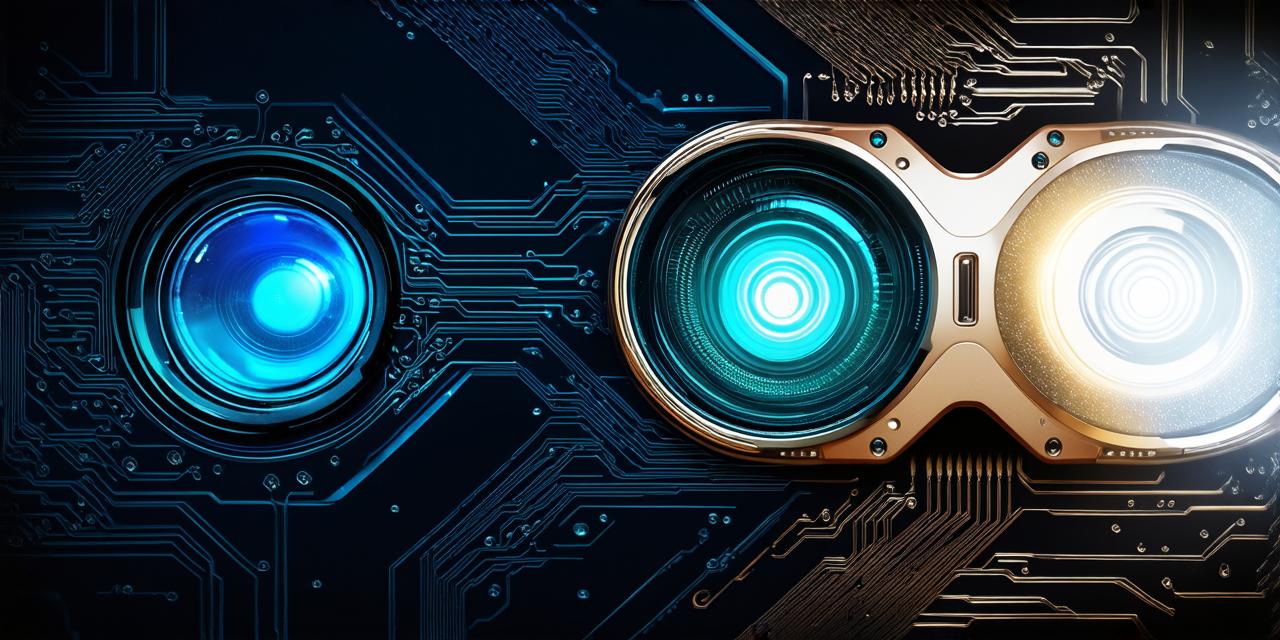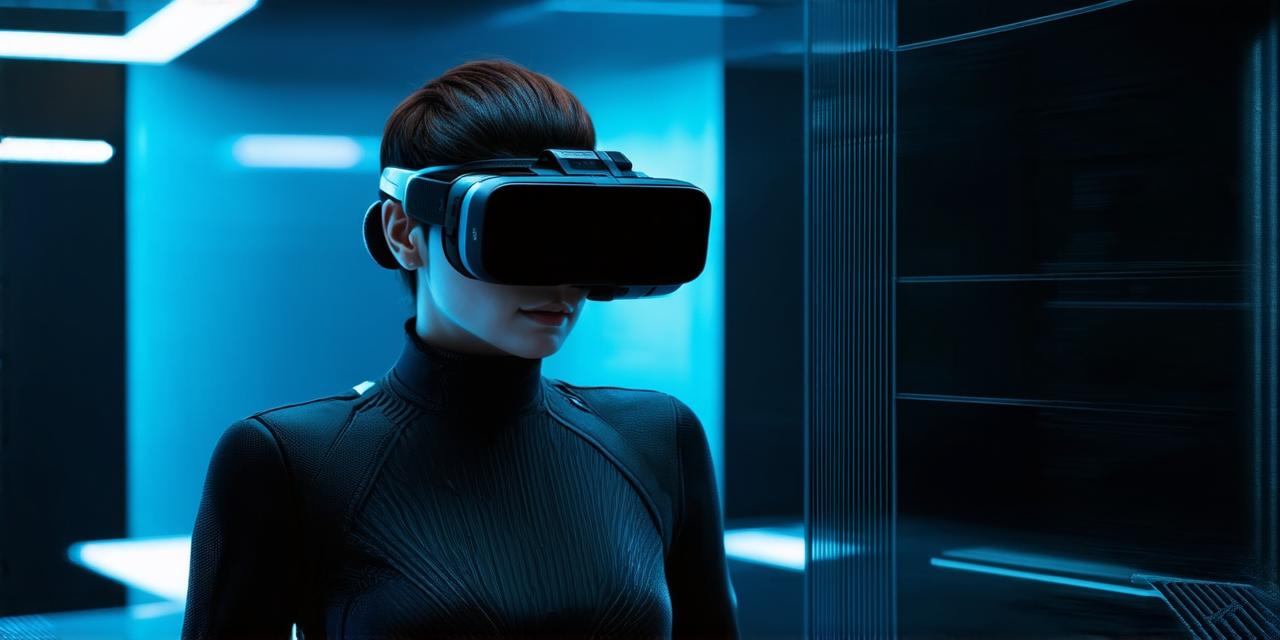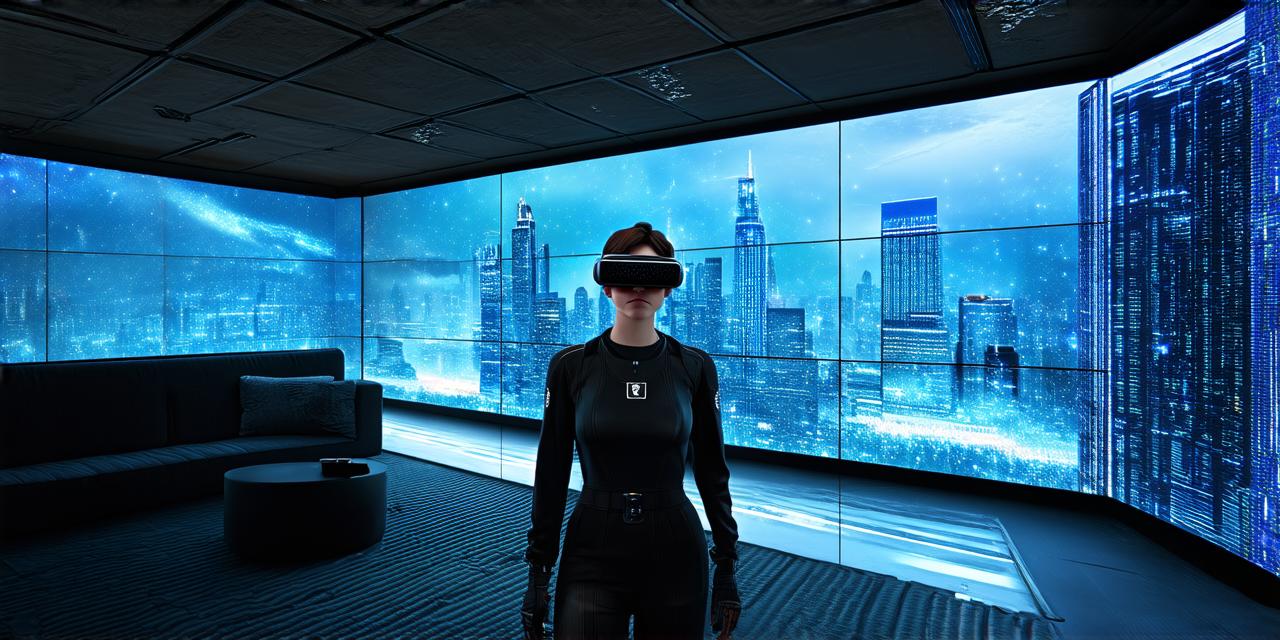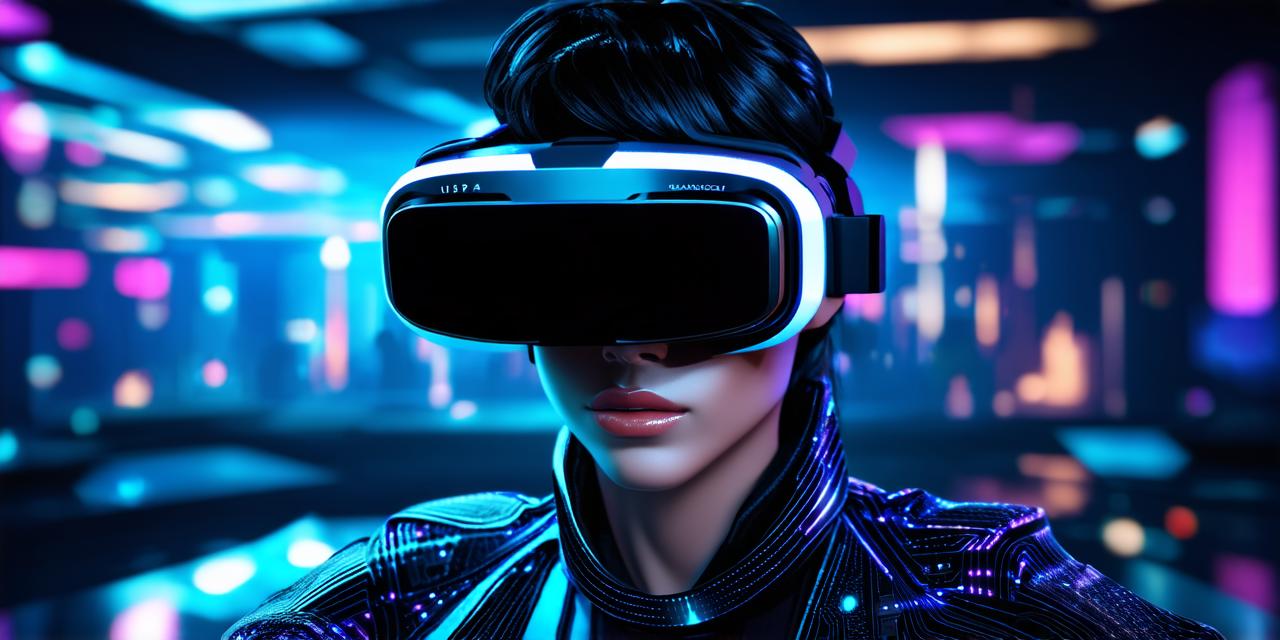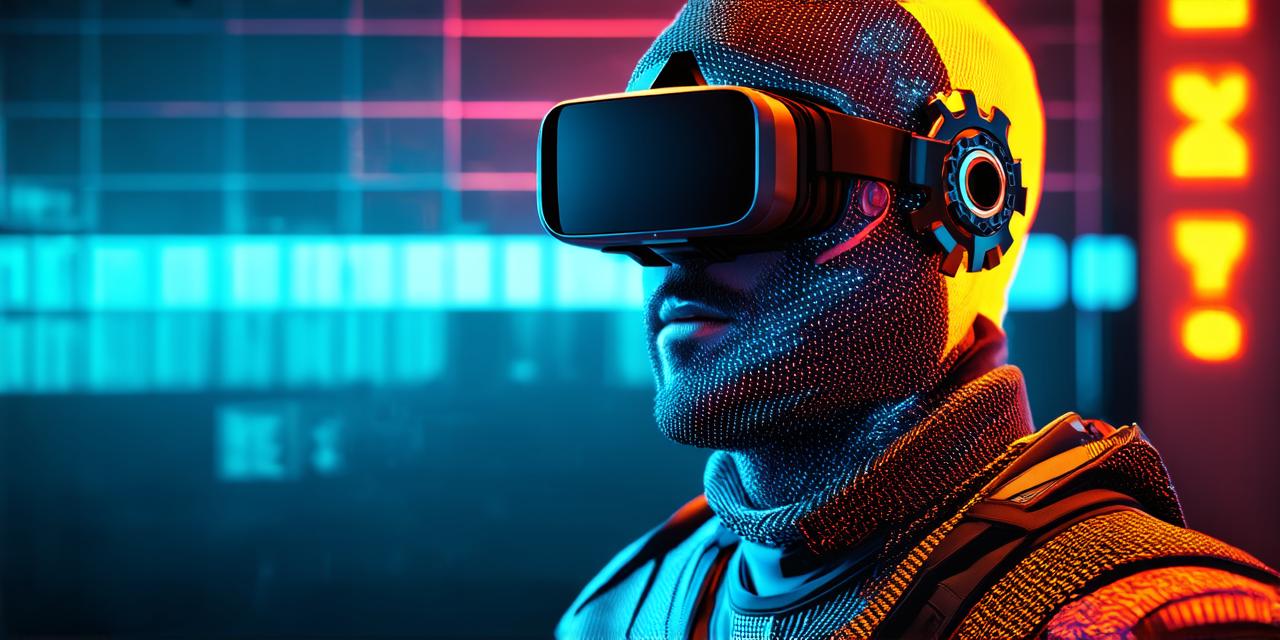Understanding the basics of VR
Before diving into the technical aspects of generating VR visuals, it’s important to understand the fundamental principles of virtual reality. At its core, VR is all about creating an immersive experience that simulates a real-world environment in a computer-generated setting. The key components of a VR system include:
1. Headset – This is the device that users wear on their head to view the VR content.
2. Motion tracking – This technology allows the system to track the user’s movements and adjust the visuals in real-time.
3. Computer hardware and software – The computer hardware and software are responsible for generating and rendering the 3D models, animations, and other visual elements.
4. Content creation tools – These are the tools that you use to create the VR content, such as 3D modeling software, animation software, and scripting tools.
Choosing the right VR platform
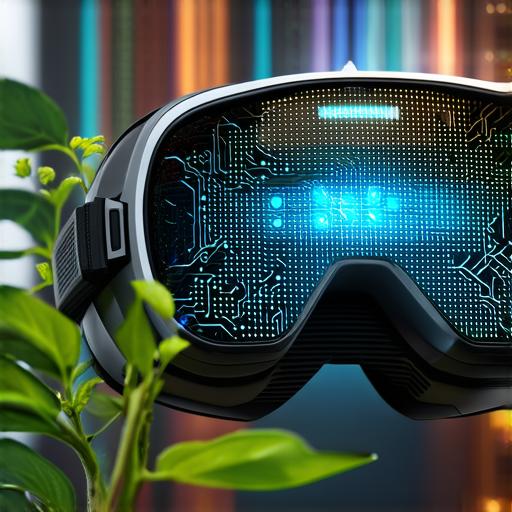
Once you have a basic understanding of VR technology, the next step is to choose the right platform for your project. There are several different VR platforms available, including:
1. Oculus Rift – This is one of the most popular VR platforms and supports a wide range of content types, including games, educational experiences, and enterprise applications.
2. HTC Vive – This is another popular VR platform that offers similar features to the Oculus Rift, but with some key differences in terms of hardware and software.
3. Samsung Gear VR – This VR platform is designed specifically for mobile devices and offers a more affordable option for users who don’t have access to high-end hardware.
4. Google Daydream – This VR platform is designed for Android devices and offers a similar experience to the Samsung Gear VR, but with some key differences in terms of content availability.
Once you have chosen your VR platform, it’s time to start creating your virtual reality visuals.
Creating engaging VR content
When it comes to creating engaging VR content, there are several key factors to consider:
1. Immersion – The most important aspect of any VR experience is immersion. To create a truly immersive experience, you need to make sure that the user feels like they are in a real-world environment. This can be achieved by using high-quality 3D models, realistic lighting and textures, and sound effects that simulate the environment.
2. Interactivity – VR content should be interactive, allowing users to explore the virtual world and interact with objects and characters within it. This can be achieved through the use of motion controls or other input devices, such as hand controllers or voice recognition.
3. Storytelling – To create a truly compelling VR experience, you need to tell a story that resonates with your audience. This can be achieved through the use of narrative techniques, such as character development, plot twists, and emotional moments.
4. Usability – Finally, it’s important to make sure that your VR content is easy to use and navigate. This can be achieved through the use of clear and intuitive controls, as well as thoughtful design principles that make it easy for users to find what they are looking for.
